Letter from Cebu (21) “An Island lit by fireflies – The Province of Siquijor”
2023/8/16
Letter from Cebu (21)
“An Island lit by fireflies – The Province of Siquijor”
“An Island lit by fireflies – The Province of Siquijor”
I had the opportunity to visit the Province of Siquijor from July 13 to 15. This visit was in a response to an invitation extended by the Governor of Siquijor. On March 17th, Hon. Jake Vincent S. Villa came to our office and requested that I visit Siquijor to help attract more Japanese tourists to the island. I accepted this offer as I thought that the promotion of mutual tourism would help to deepen our bilateral ties. Due to my lack of expertise in tourism and travel operations, I asked two Japanese travel operators based in Cebu to accompany me and make the visit more productive.
(The location of Siquijor)
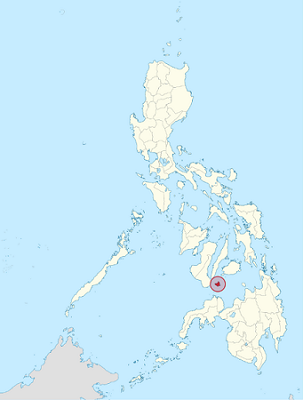

Siquijor is located about 30km southeast of the southern tip of the Cebu Island. The circumference of the island is about 100km and the size of the island is about 340 ㎢. The population is about 100,000. Siquijor was a part of Negros Oriental since 1892, it became an independent province in 1971. The main industries are fishing and tourism. The poverty rate used to be over 50% before 2010, it has declined to 2.7%. The Province generates almost no garbage, since its people segregate and recycle some of the trash.
In 1565, Spanish explorers observed a unique phenomenon on this island – the trees emitted a glowing light during the night. Impressed by the sight, they named the island “Isla de Fuegos” or Island of Fire. The luminescence was caused by the abundance of fireflies swarming around the molave trees. Additionally, Siquijor is known as the Mystic Island and the Island of Witches among the Filipinos.
You have two options to go to Siquijor from Cebu. One is by plane from Cebu to Dumaguete (30 minutes), and board a ferry to Siquijor (45 minutes). The other is to board a fast boat (Ocean Jet) from Cebu to Siquijor via Tagbilaran, Bohol (4 hours). This time, we chose the latter. However, due to a tropical low pressure, the sea was rough, and the boat was unable to reach Siquijor. We had to stay in Tagbilaran for one night. It took about 19 hours from Cebu to Siquijor as a result.
Upon arriving in Siquijor, we travelled around the island with the assistance of a Provincial Tourism officer. The tour included centuries old Balete Tree, St. Isidore Labradore Church and Convent, Cambuhay Falls, Salagdoong Beach and a Healing Hut.
(400 years old Balate Tree)
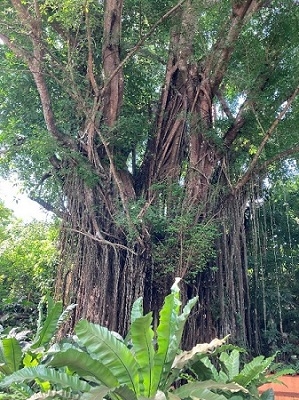
(St. Isidore Labradore Church)
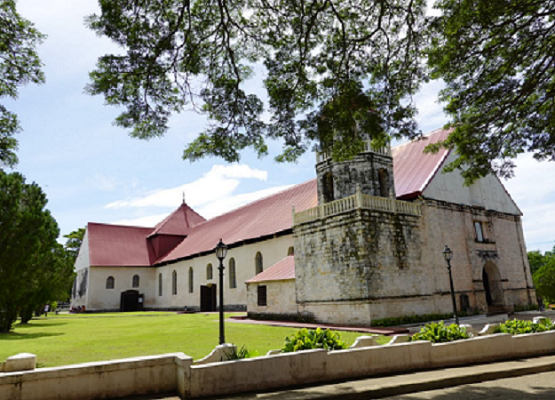

(St. Isidore Labradore Church)

(Cambugahay Falls)
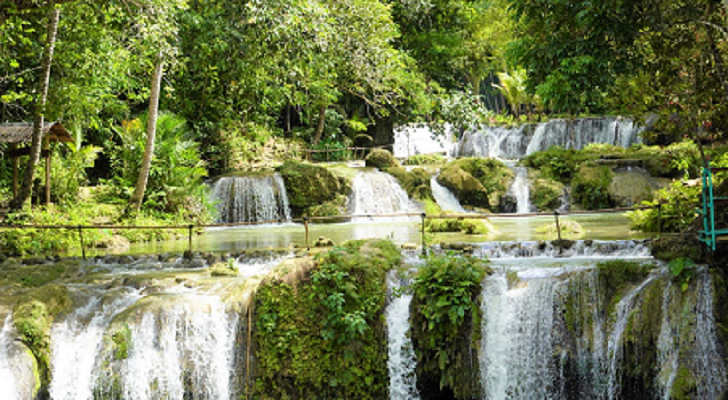
(Salagdoong Beach)
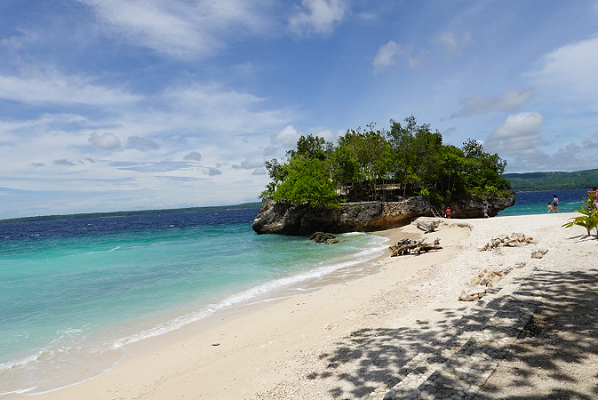

(Healing Hut)
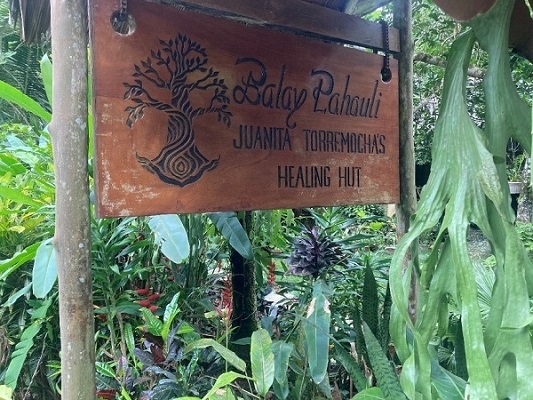
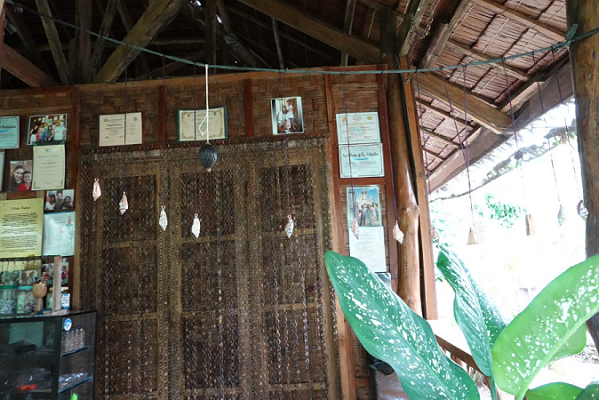


We met Hon. Jake Villa, the Governor of the Province of Siquijor, and Hon. Zaldy Villa, Congressman and former Governor of the Province. It is worth noting that Hon Zaldy Villa is the father of Hon. Jake Villa, and held the Governor’s position for three consecutive terms up until 2022, after which he was elected as Congressman last May. I expressed my curiosity about the significant reduction in the poverty rates over the last decade. The incumbent Governor explained to me that the influx of tourists particularly divers from Europe and America played a crucial role in this positive change. Moreover, the former Governor mentioned that he implemented various projects to generate jobs and the projects and assistance from the Central Governments were very helpful.
I had an impression, based on the statement made by the former Governor, it seemed evident that the policies implemented by the Central Government in the 2010s had a substantial influence on the local governments, including Siquijor. The late Benigno Aquino III, upon becoming President, initiated various infrastructure development projects resulting in a significant increase in the budget allocated to infrastructure from 1.8% of GDP in the 2000s to 5%-6% of GDP in the 2010s.Furthermore, He introduced social democratic policies aimed at assisting women and poor individuals. These policies were continued by former President Rodrigo Duterte and current President Ferdinand Marcos Jr., and it is plausible to assume that these“Big Government” policies have had favorable impacts on the local governments. This is what I felt after my visit to the Borongan City, the Eastern Samar Province as well.
(At the Provincial Capitol, Hon, Jake Villa, the Governor (center), Hon. Zaldy Villa, Congressman (left to the Governor))
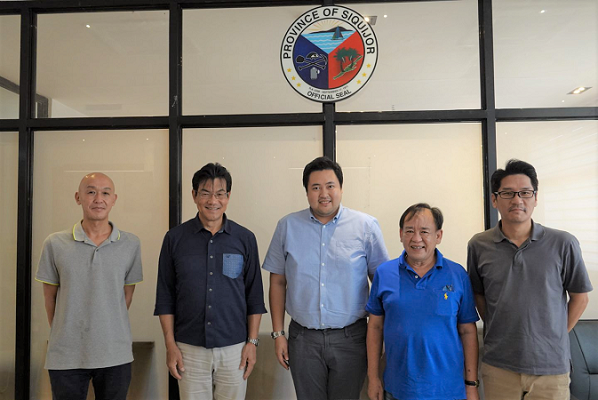

As for the tourism promotion, travel operators who visited with me, assessed that the improved traffic access with the approval of the Siquijor airport and subsequent commercial flights would have positive impact on the arrival of Japanese tourists to this island.
(Siquijor Airport)
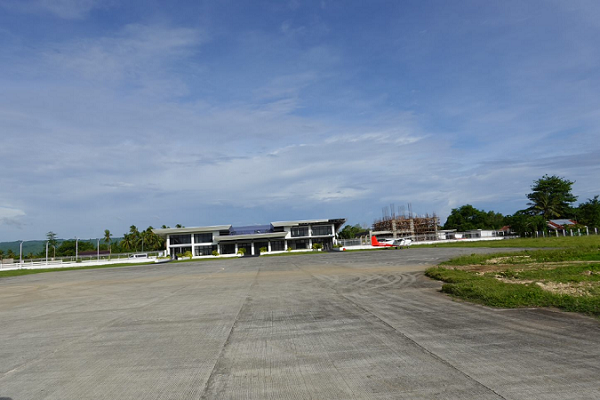

Based on my observation, during my visit, I considered that promoting the preservation of Molave forest and clean water to create a sanctuary for fireflies would be a good idea for the tourism. This could potentially become the highlight of tourism in the Province, and is also aligned with the ongoing environmental conservation efforts. The serene atmosphere of the place would particularly appeal to Japanese tourists seeking a healing experience, because attractions like forests of fireflies are not found in Japan. I would like to cite an example: the notable increase in the number of Japanese tourists visiting Cebu since the early 2000s is mainly attributed to the presence of whale-sharks. These Japanese tourists do not mind waking up as early as 3 am and endure a four-hour bus ride to Oslob. Challenging traffic access is not a hindrance for them to witness something that does not exist in Japan. I passed this assessment to the Governor in my letter of appreciation.
It would be wonderful that fireflies would lighten the whole island at night.
Hideki YAMAJI
Consul General of Japan in Cebu
